Are you tired of mediocre baked goods? Do you want to take your baking skills to the next level? Look no further than the custom flour blend. By combining different types of flour, you can create a unique blend that caters to your exact baking needs. Plus, it sounds fancy, which is always a bonus.
Understanding the Basics of Flour
Before you dive headfirst into creating your custom blend, it's important to have a basic understanding of the different types of flour out there. Flour is made by grinding grains, seeds, or roots, and each type has its own unique characteristics that affect its performance in baking.
Did you know that flour has been a staple in human diets for thousands of years? Evidence of flour production has been found in ancient civilizations like Egypt and Mesopotamia. Flour has come a long way since then, with modern technology allowing for a wider variety of flours to be produced.
Types of Flour and Their Properties
The most common types of flour include wheat, all-purpose, bread, cake, pastry, and gluten-free. Wheat flour is the most widely used and comes in a range of protein levels, which affect gluten development. All-purpose is a blend of hard and soft wheat and can be used for a variety of baked goods. Bread flour has a high protein content, which creates a strong gluten network, making it ideal for bread baking. Cake and pastry flours have a lower protein content, resulting in a tender texture. Gluten-free flours are made from non-wheat sources, such as rice, almond, and coconut.
Did you know that different types of flour can also affect the flavor of your baked goods? For example, whole wheat flour has a nuttier flavor than all-purpose flour. This is because whole wheat flour contains the bran and germ of the wheat kernel, which have a higher fat content and contribute to the flavor.
The Role of Gluten in Baking
Gluten is a protein that forms when flour is mixed with water. It gives dough its elasticity and helps it rise. However, too much gluten can result in a tough and chewy texture, while too little can lead to a crumbly and dry product. The protein content of flour determines the gluten development.
Did you know that some people are intolerant to gluten? This condition is called celiac disease, and it affects about 1% of the population. For these individuals, consuming gluten can cause damage to the small intestine and lead to a variety of health problems.
The Importance of Protein Content
The protein content of flour is measured in terms of percentage and affects the structure and texture of baked goods. High-protein flours are ideal for bread baking, while low-protein flours are better for delicate pastries and cakes. Understanding the protein content of the different types of flour is key to creating the perfect custom blend.
Did you know that the protein content of flour can also affect the color of your baked goods? High-protein flours like bread flour can result in a darker crust and a more golden color, while low-protein flours like cake flour can produce a lighter color.
Now that you have a better understanding of flour and its properties, you can experiment with creating your own custom blends for your favorite baked goods. Happy baking!
The Benefits of Creating Custom Flour Blends
Why bother creating your own flour blend when you can just use all-purpose? Here are some of the benefits of making your own:
Improved Flavor and Texture
By combining different types of flour, you can create a blend that enhances the flavor and texture of your baked goods. For example, using a blend of cake flour and all-purpose flour can create a lighter, fluffier texture in cakes. Alternatively, using bread flour in your blend can create a chewier texture in breads.
Additionally, experimenting with different types of flour, such as rye flour or spelt flour, can add interesting and unique flavors to your baked goods.
Enhanced Nutritional Value
Using different types of flour can add nutritional value to your baked goods. For example, adding whole wheat flour to your blend can increase the fiber content. Additionally, using alternative flours such as almond flour or coconut flour can add healthy fats and protein to your baked goods.
Creating your own flour blend also allows you to control the amount of sugar and other additives in your baked goods, leading to a healthier final product.
Catering to Dietary Restrictions and Allergies
Custom flour blends can cater to dietary restrictions and allergies, such as gluten-free or nut-free. By using gluten-free flours such as rice flour or quinoa flour, you can create delicious baked goods that are safe for those with gluten sensitivities or celiac disease.
Additionally, using nut-free flours such as oat flour or soy flour can create baked goods that are safe for those with nut allergies.
Greater Control Over Your Baking Results
Custom flour blends give you more control over the final product. You can tailor the blend to the specific recipe you're using and adjust the proportions as needed. For example, if a recipe calls for cake flour but you only have all-purpose flour on hand, you can create your own cake flour blend by adding cornstarch to all-purpose flour.
Furthermore, creating your own flour blend allows you to control the consistency and texture of your baked goods. By adjusting the ratio of different flours in your blend, you can create a denser or lighter final product.
In conclusion, creating your own flour blend has many benefits, from enhancing the flavor and texture of your baked goods to catering to dietary restrictions and allergies. Plus, with greater control over your baking results, you can create delicious and unique baked goods that are tailored to your specific preferences and needs.
How to Create Your Own Custom Flour Blend
Are you tired of using the same old flour blends for all of your baking needs? Why not create your own custom flour blend tailored to your specific needs and preferences? By creating your own blend, you can achieve the perfect texture, flavor, and nutritional profile for your baked goods.
Determining Your Desired Outcome
Before you start blending, it's important to determine what you want to achieve. Do you want a high-protein blend for bread baking? Or a low-carb blend for keto baking? Understanding your desired outcome will help guide your ingredient choices. If you're looking for a high-fiber blend, consider adding in some oat flour or coconut flour. For a gluten-free blend, try using a combination of rice flour, potato starch, and tapioca flour.
Choosing the Right Flours to Combine
Once you know what you want to achieve, it's time to choose your flours. Consider the protein content, flavor, and texture of each flour and how they will work together. If you're unsure, start with a simple blend of all-purpose and whole wheat flour and experiment from there. You can also try adding in some specialty flours like almond flour, chickpea flour, or buckwheat flour for added flavor and nutrition.
Experimenting with Ratios and Proportions
Creating the perfect blend is all about trial and error. Start with a small batch and experiment with different ratios until you find the perfect combination. Keep in mind that different types of flour require different amounts of liquid, so adjust accordingly. You may find that a higher ratio of all-purpose flour to whole wheat flour gives you a lighter texture, while a higher ratio of whole wheat flour to all-purpose flour gives you a heartier texture.
Adjusting for Moisture Content and Absorption
Different types of flour have different moisture contents and absorb liquids differently. Be prepared to adjust your recipe as needed to achieve the desired texture. If your dough or batter is too dry, add a little more liquid. If it's too wet, add a little more flour. Don't be afraid to experiment and make adjustments until you get it just right.
Creating your own custom flour blend can be a fun and rewarding experience, allowing you to take your baking to the next level. With a little experimentation and some creativity, you can create a blend that is uniquely yours and perfectly suited to your needs.
Popular Custom Flour Blend Recipes
Are you tired of using the same old flour for all your baking needs? Well, look no further! Here are some popular custom flour blend recipes to get you started:
Gluten-Free All-Purpose Flour Blend
If you're following a gluten-free diet, this flour blend is perfect for you. Not only is it easy to make, but it also produces great results in all your baked goods. This blend combines white rice flour, brown rice flour, potato starch, tapioca starch, and xanthan gum to create a versatile all-purpose flour that can be used in any recipe that calls for regular flour.
- 1 cup white rice flour
- 1 cup brown rice flour
- 1/2 cup potato starch
- 1/4 cup tapioca starch
- 1 tsp xanthan gum
High-Protein Flour Blend for Bread
If you're a bread lover, this flour blend is perfect for you. This blend combines bread flour and whole wheat flour to create a high-protein flour that will give your breads a chewy texture and a delicious flavor. This blend is perfect for making artisan breads, bagels, and pizza crusts.
- 3 cups bread flour
- 1 cup whole wheat flour
Low-Carb Flour Blend for Keto Baking
Are you following a low-carb or keto diet? This flour blend is perfect for you. This blend combines almond flour, coconut flour, flaxseed meal, and baking powder to create a low-carb flour that can be used in any recipe that calls for regular flour. This blend is perfect for making pancakes, muffins, and even pizza crusts.
- 1/2 cup almond flour
- 1/4 cup coconut flour
- 1/4 cup flaxseed meal
- 1 tsp baking powder
Whole Grain Flour Blend for Added Fiber
If you're looking for a healthier flour option, this blend is perfect for you. This blend combines whole wheat flour, oats, flaxseed meal, and wheat germ to create a flour that is high in fiber and nutrients. This blend is perfect for making muffins, quick breads, and even cookies.
- 2 cups whole wheat flour
- 1 cup oats
- 1/2 cup flaxseed meal
- 1/4 cup wheat germ
So go ahead, get creative with your flour blends and take your baking to the next level. Your taste buds will thank you. And don't forget to share your creations with your friends and family!
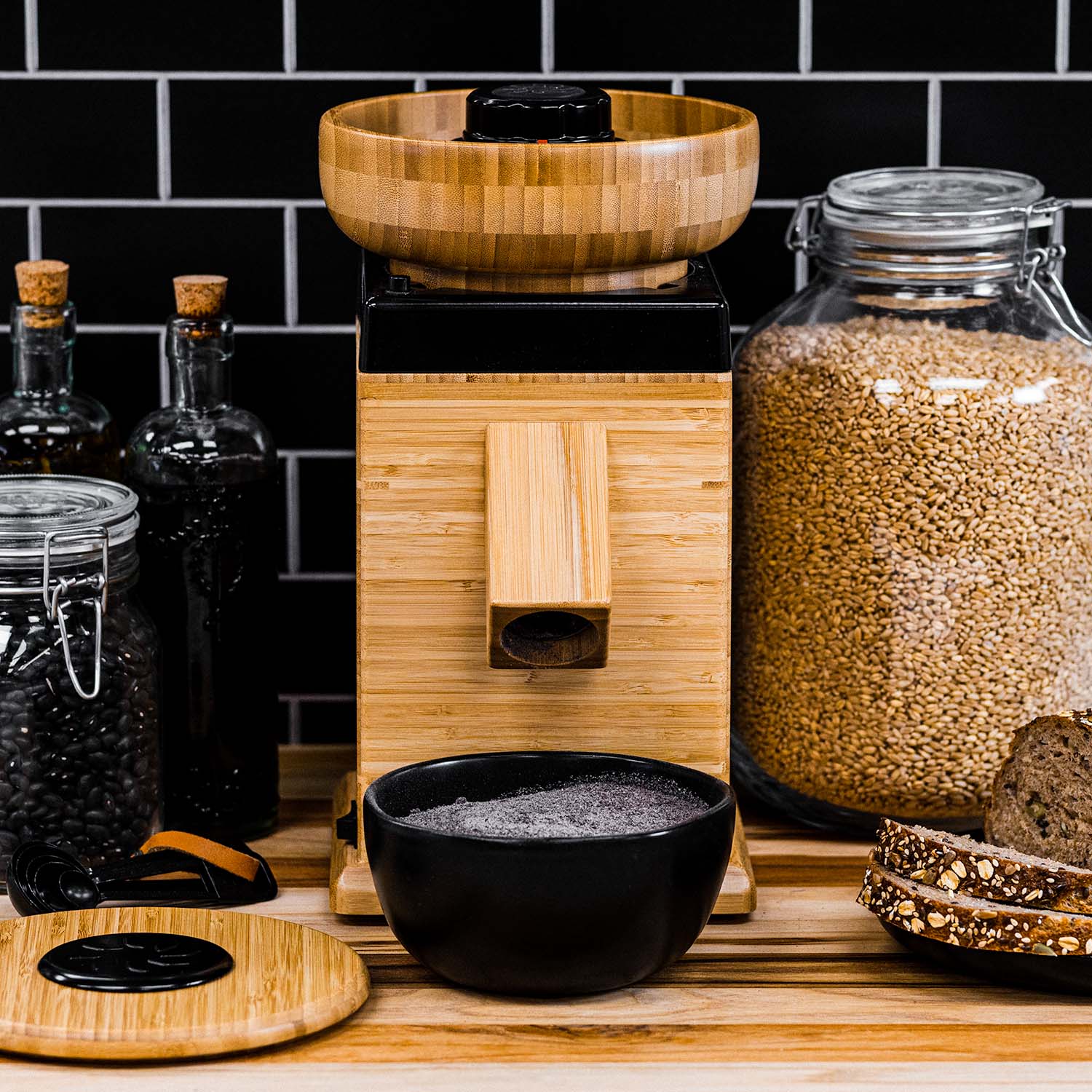
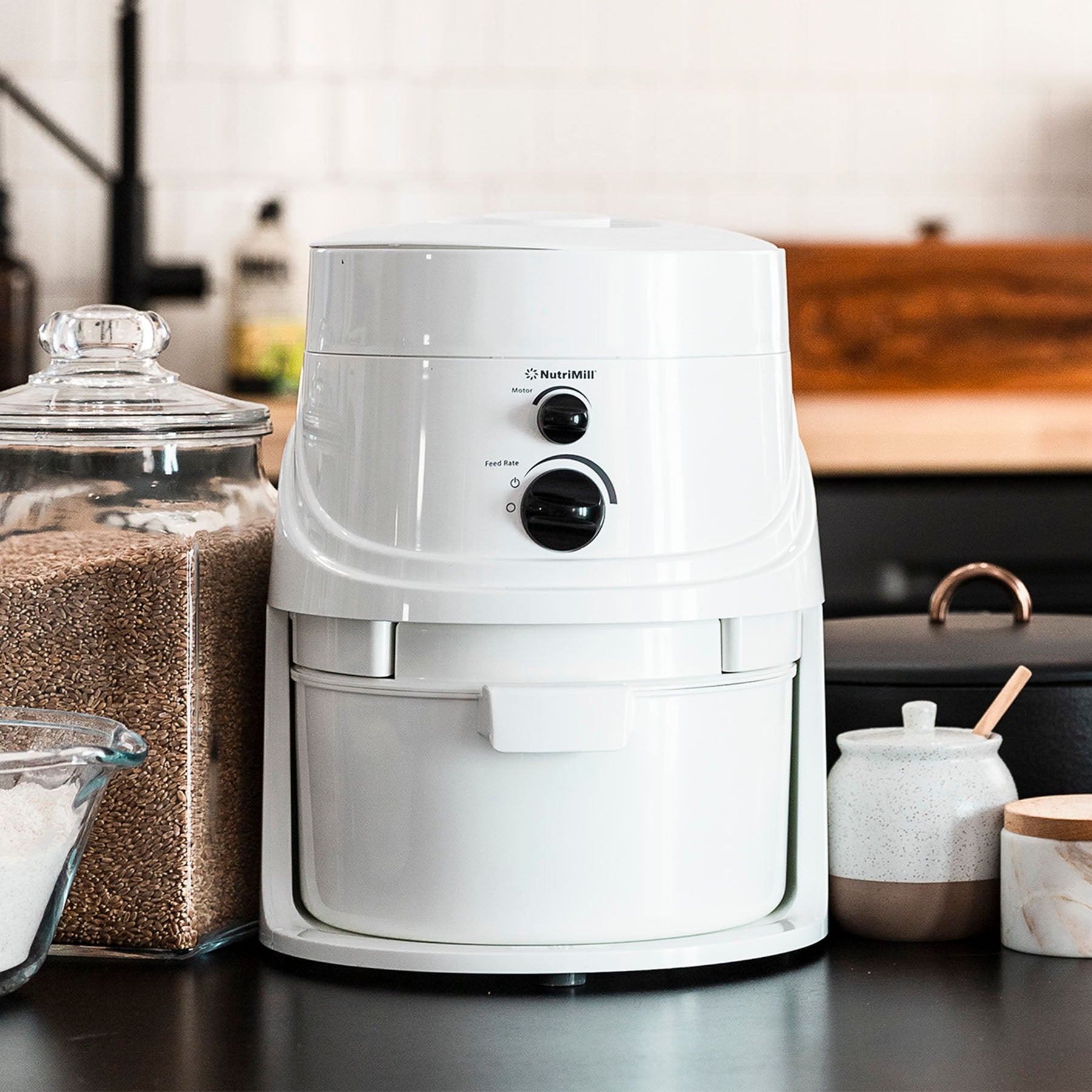
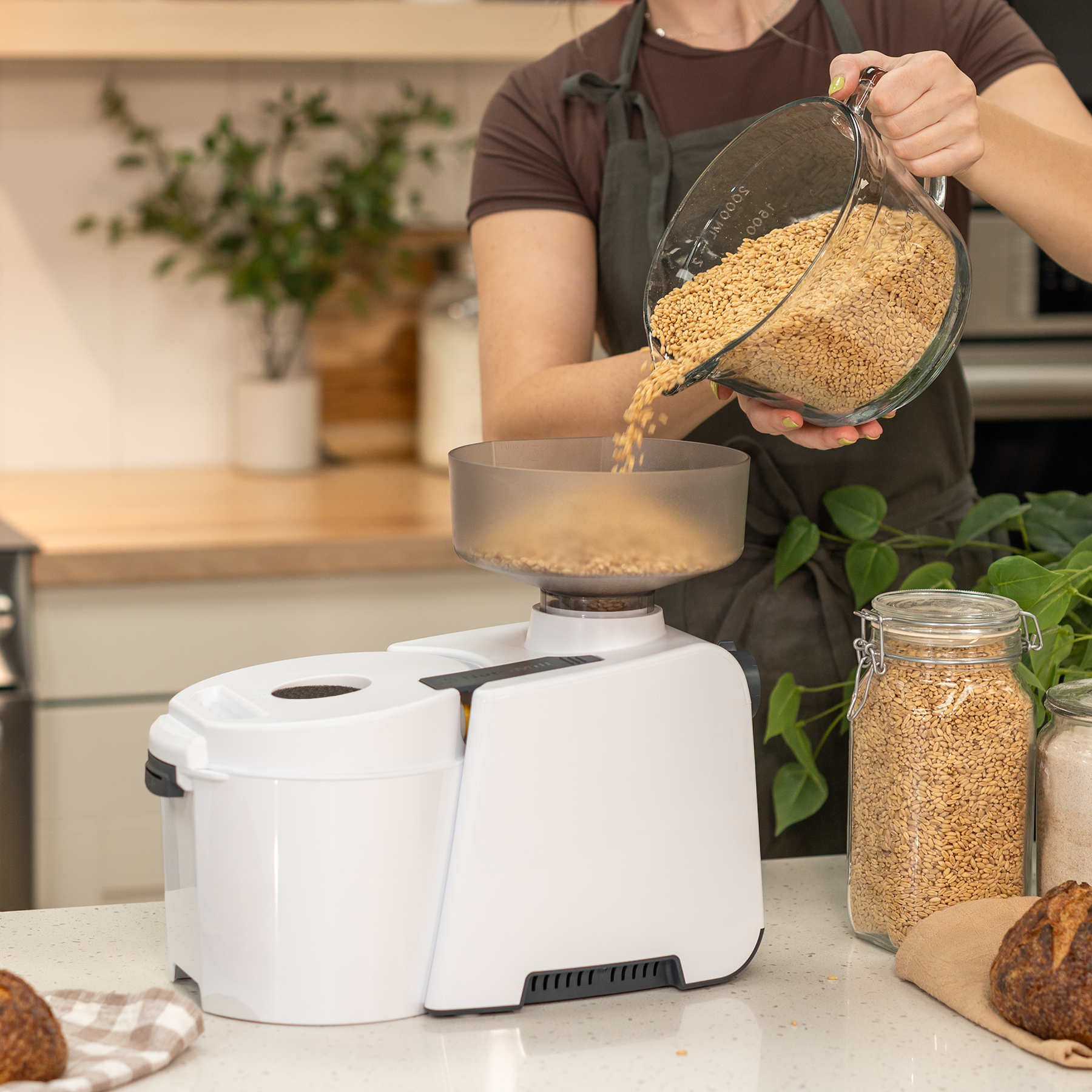
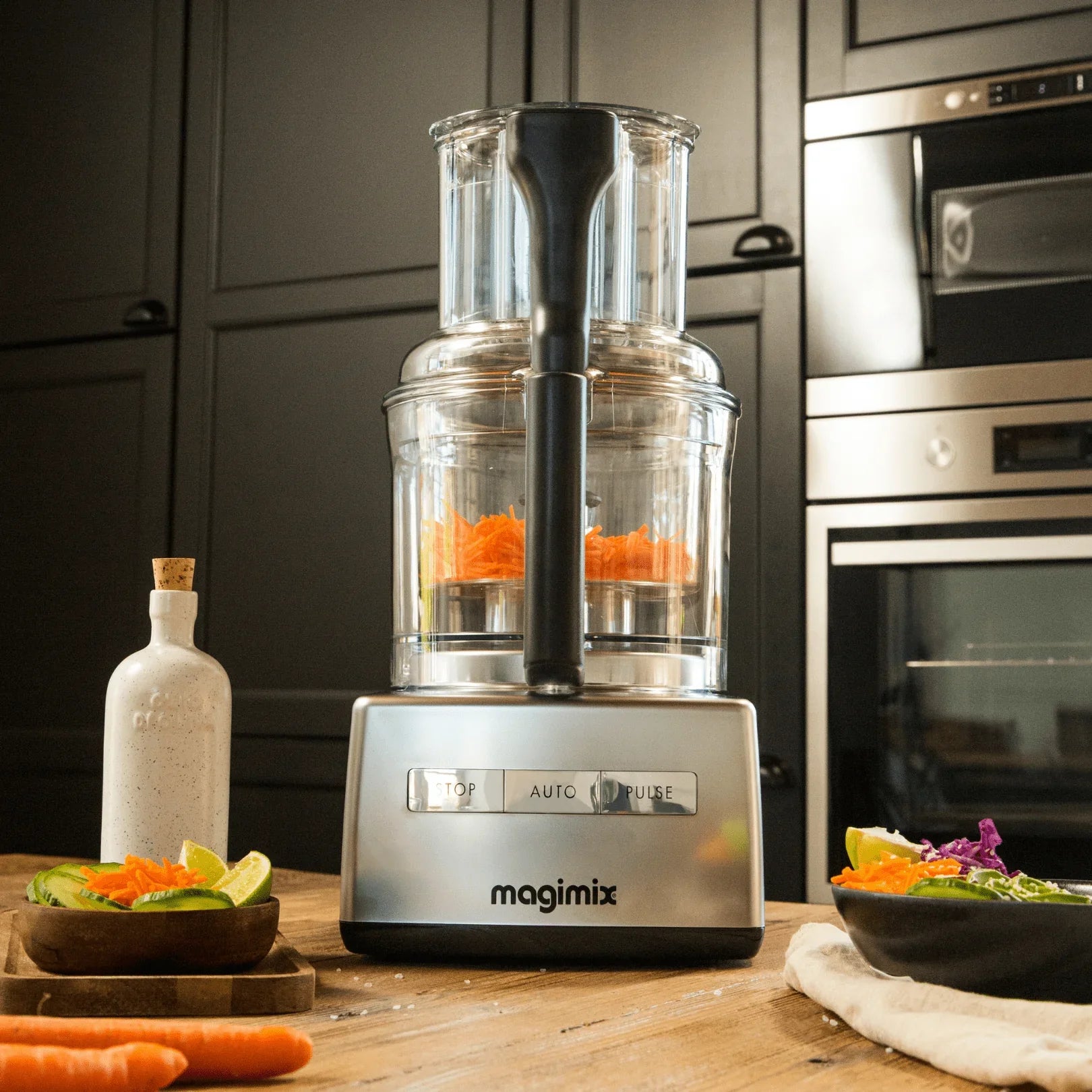
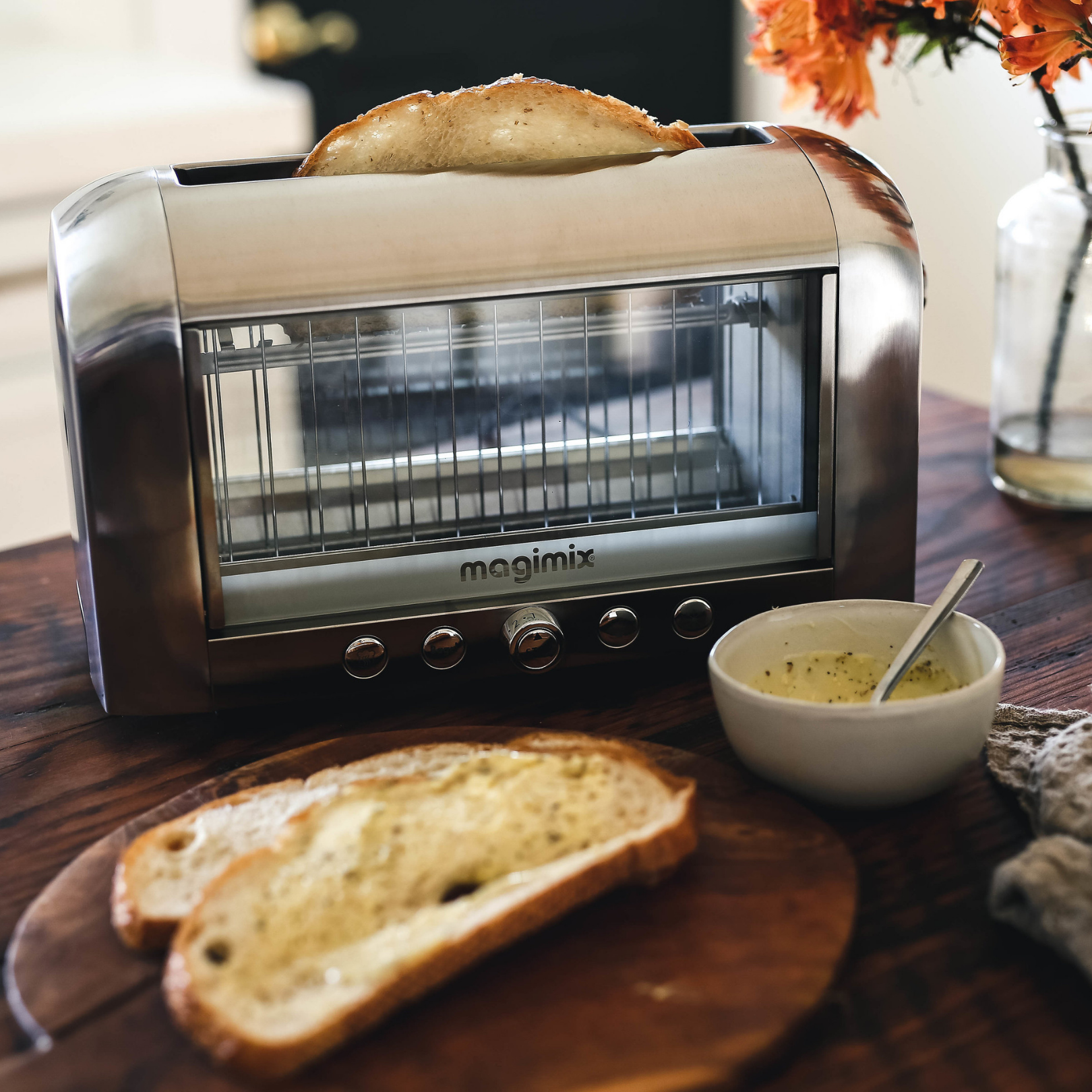
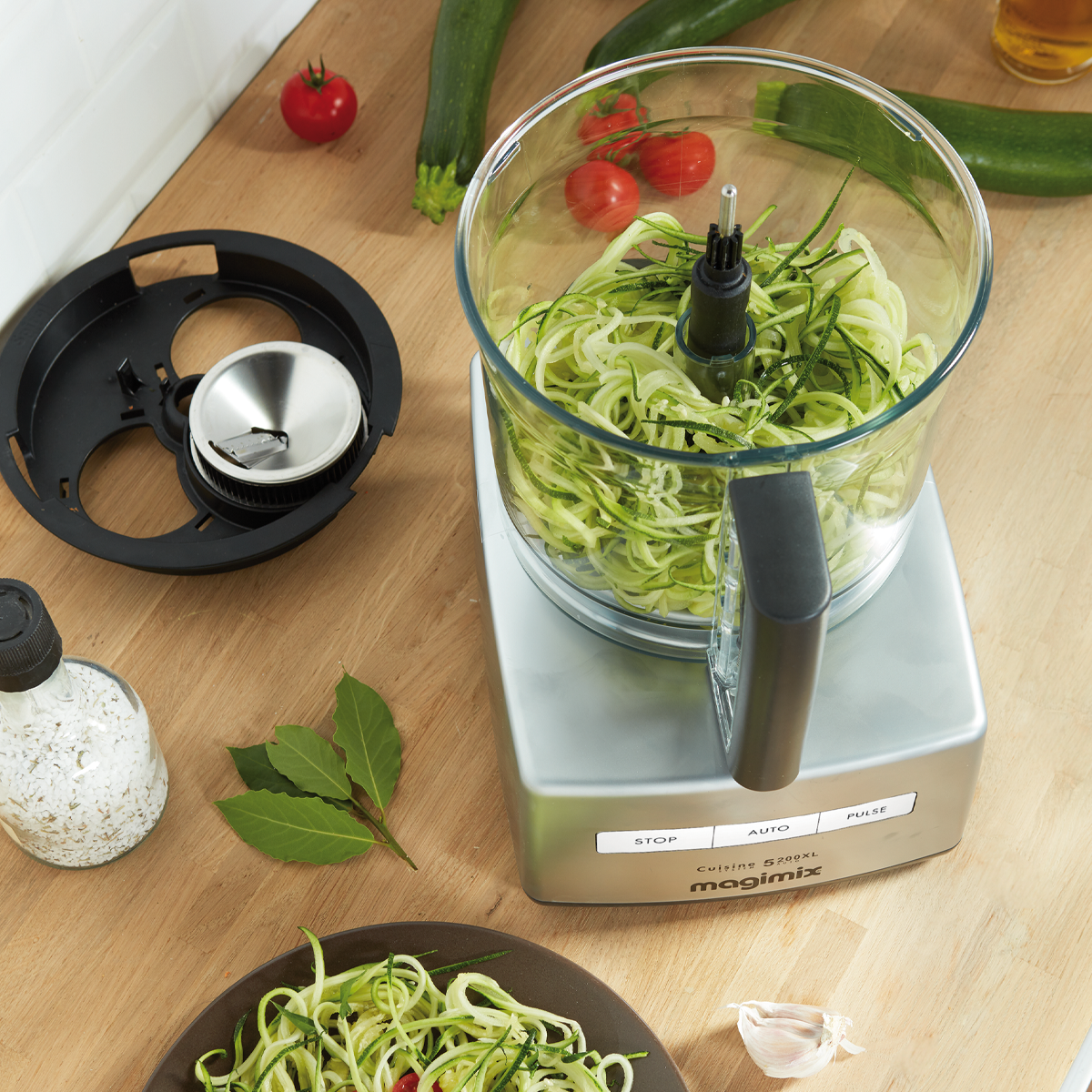
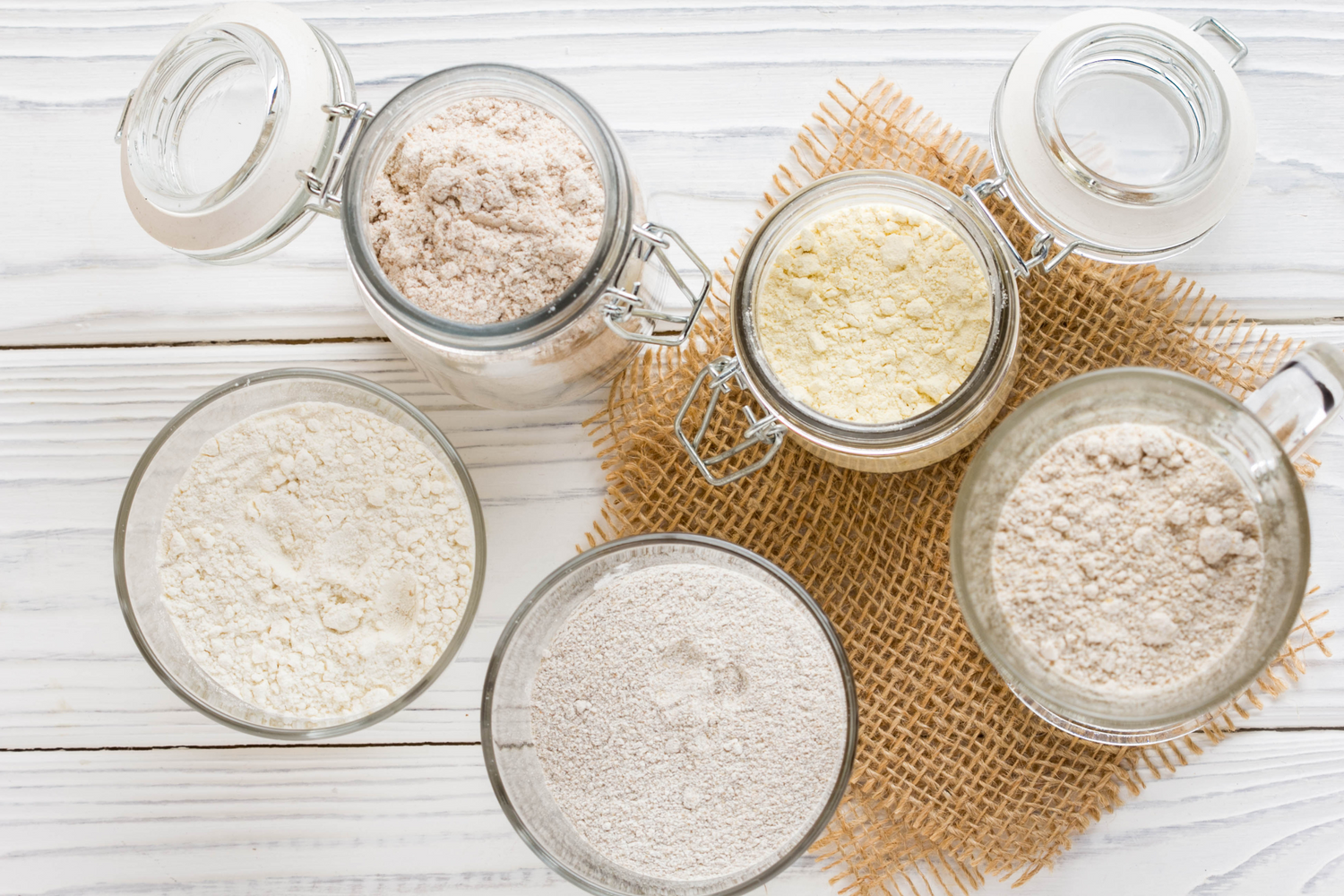
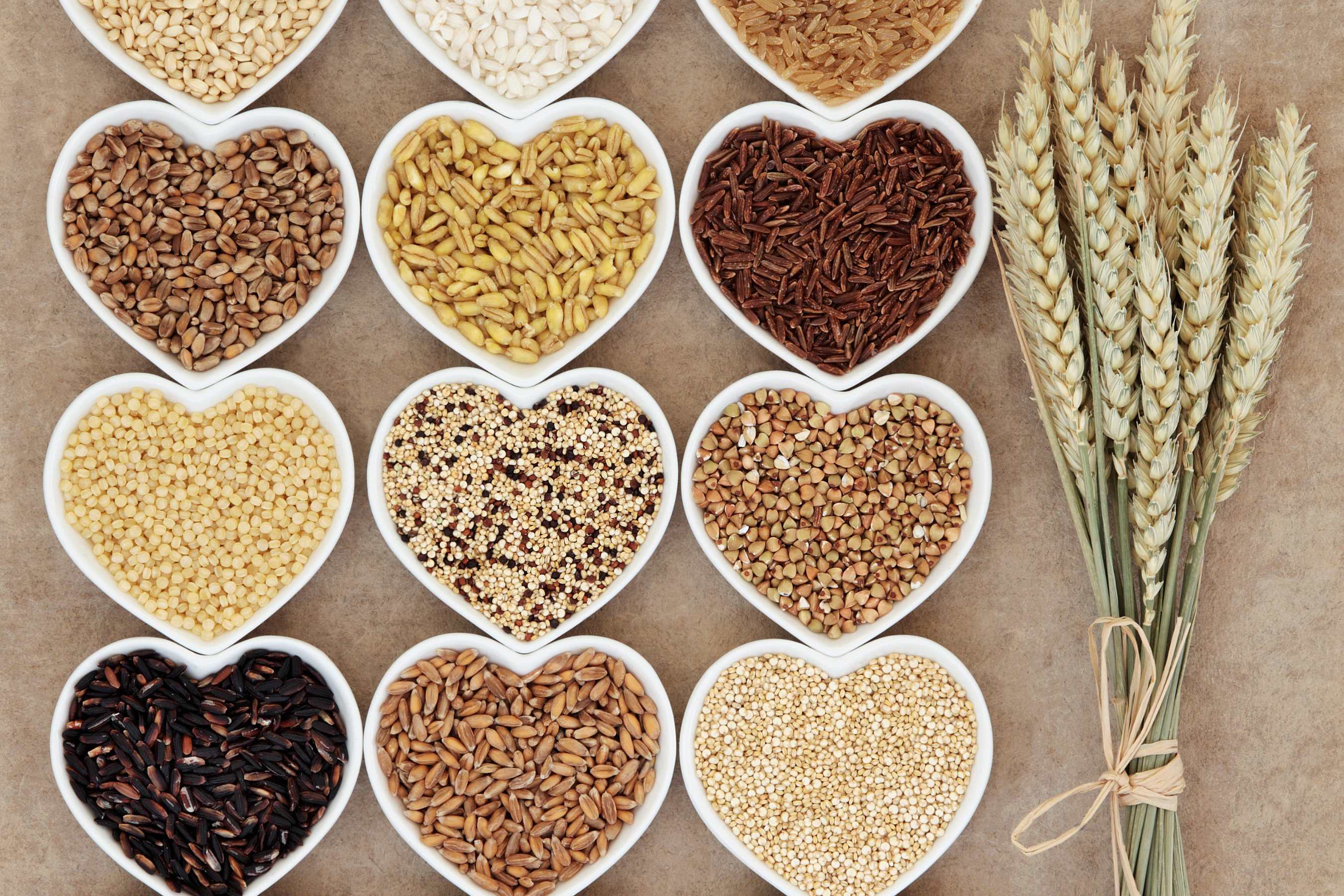
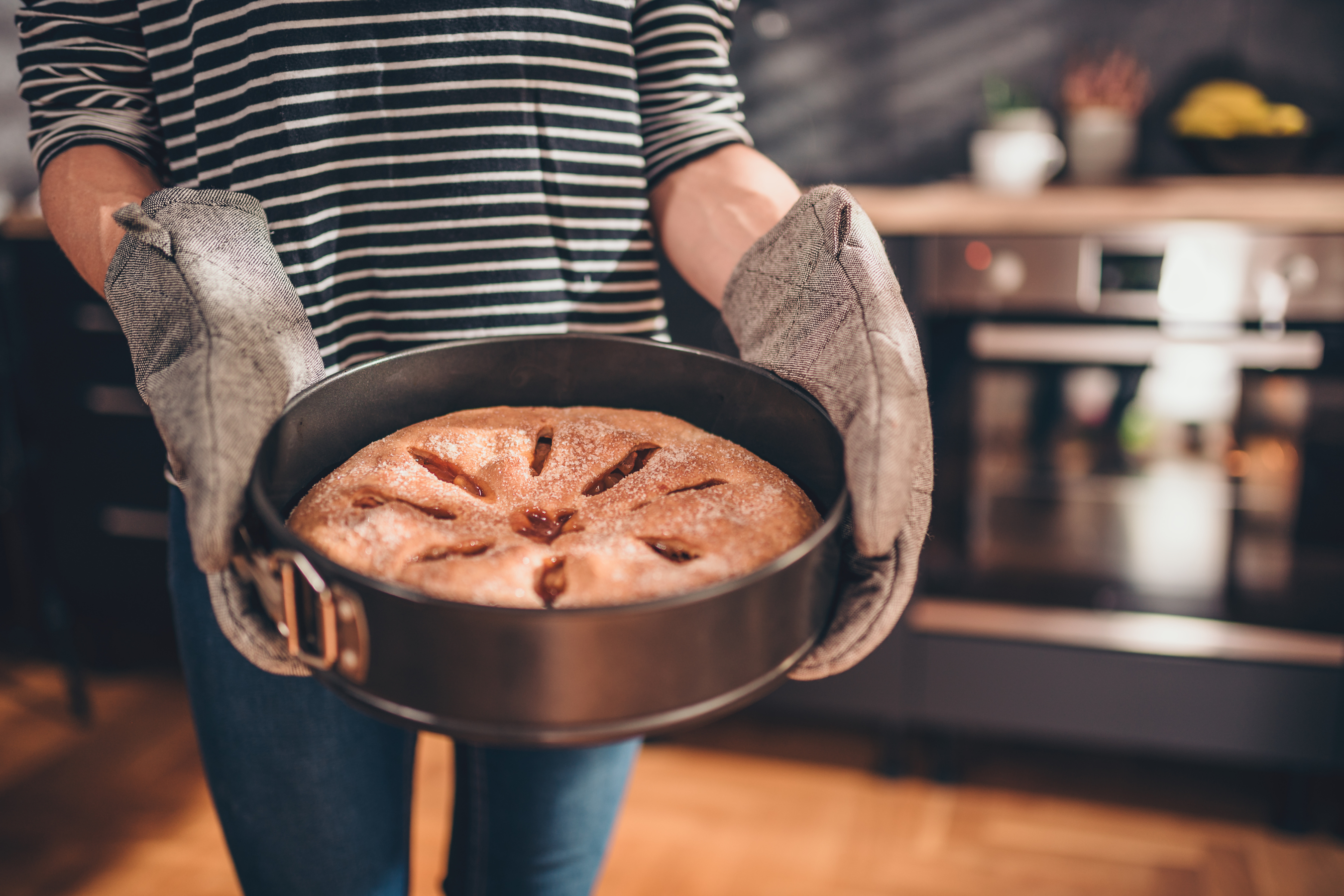
Leave a comment
All comments are moderated before being published.
This site is protected by hCaptcha and the hCaptcha Privacy Policy and Terms of Service apply.